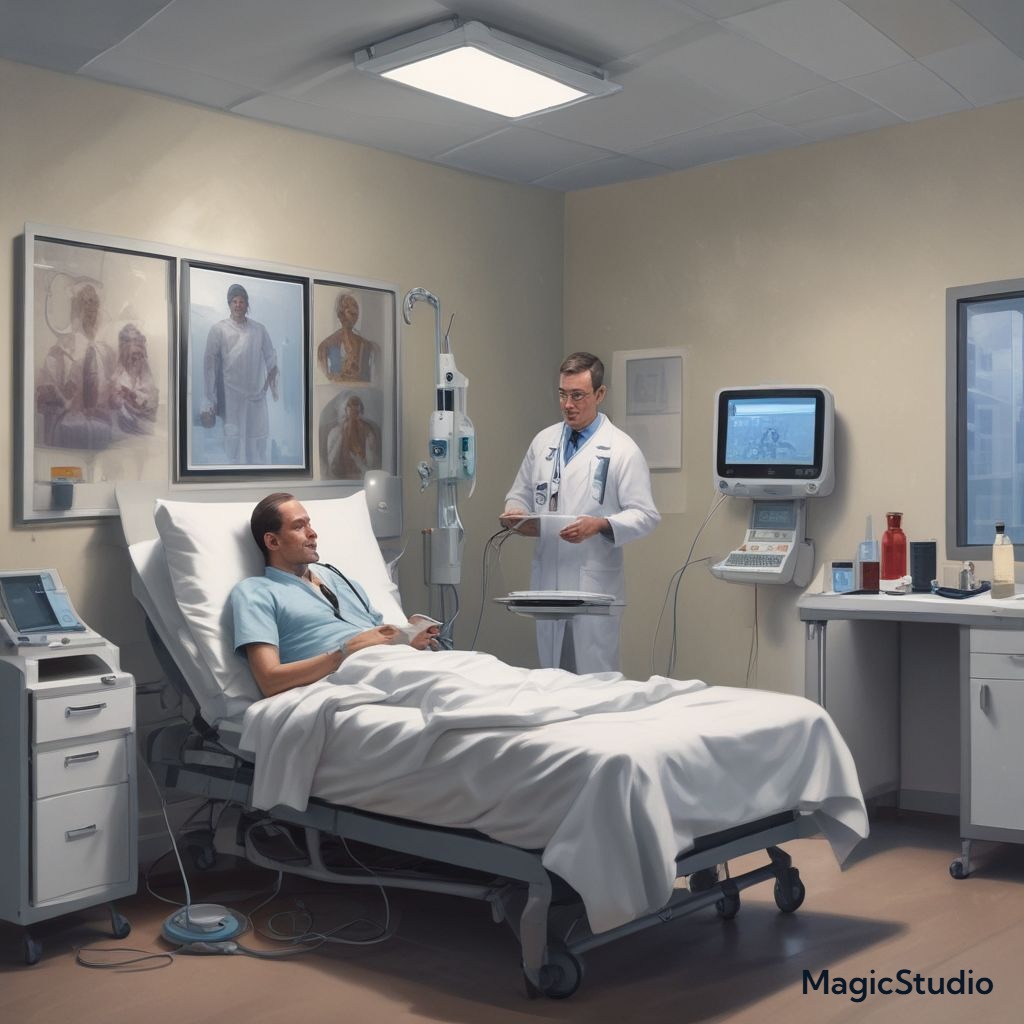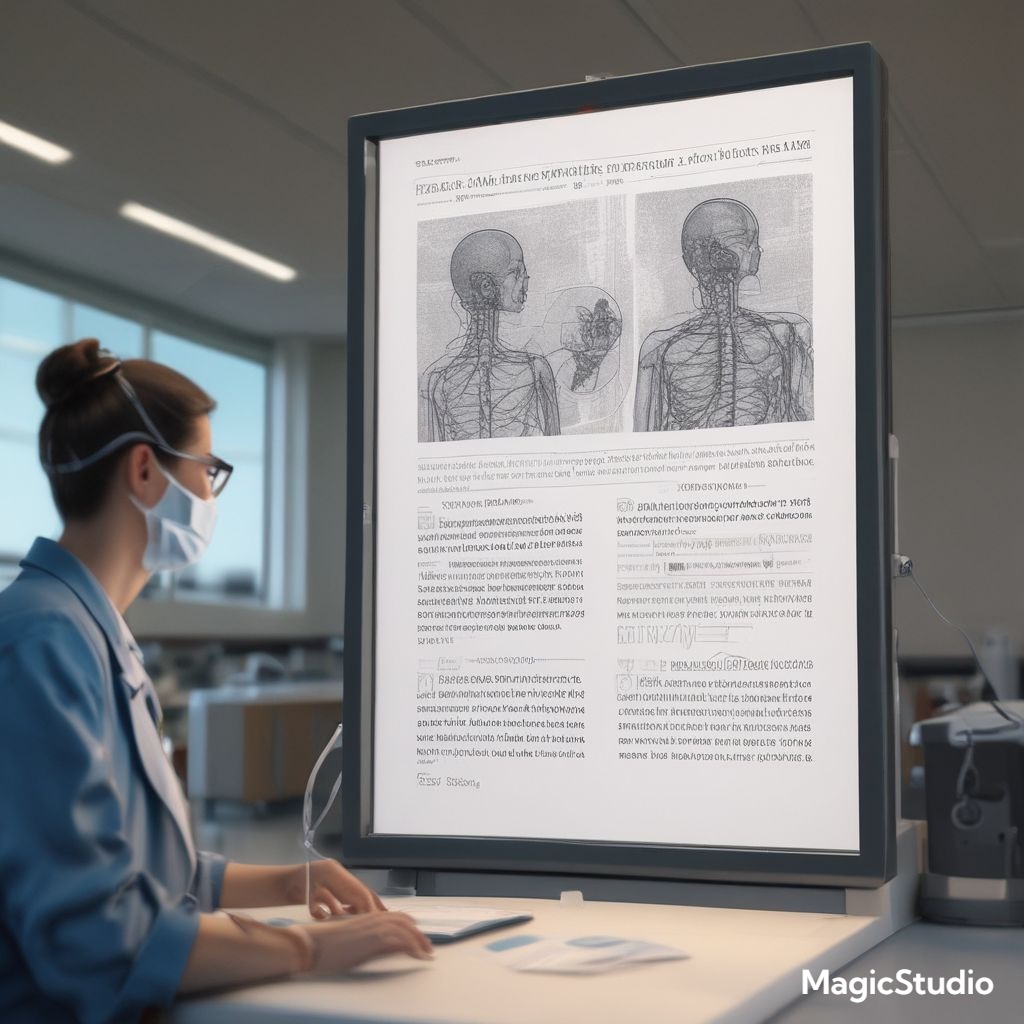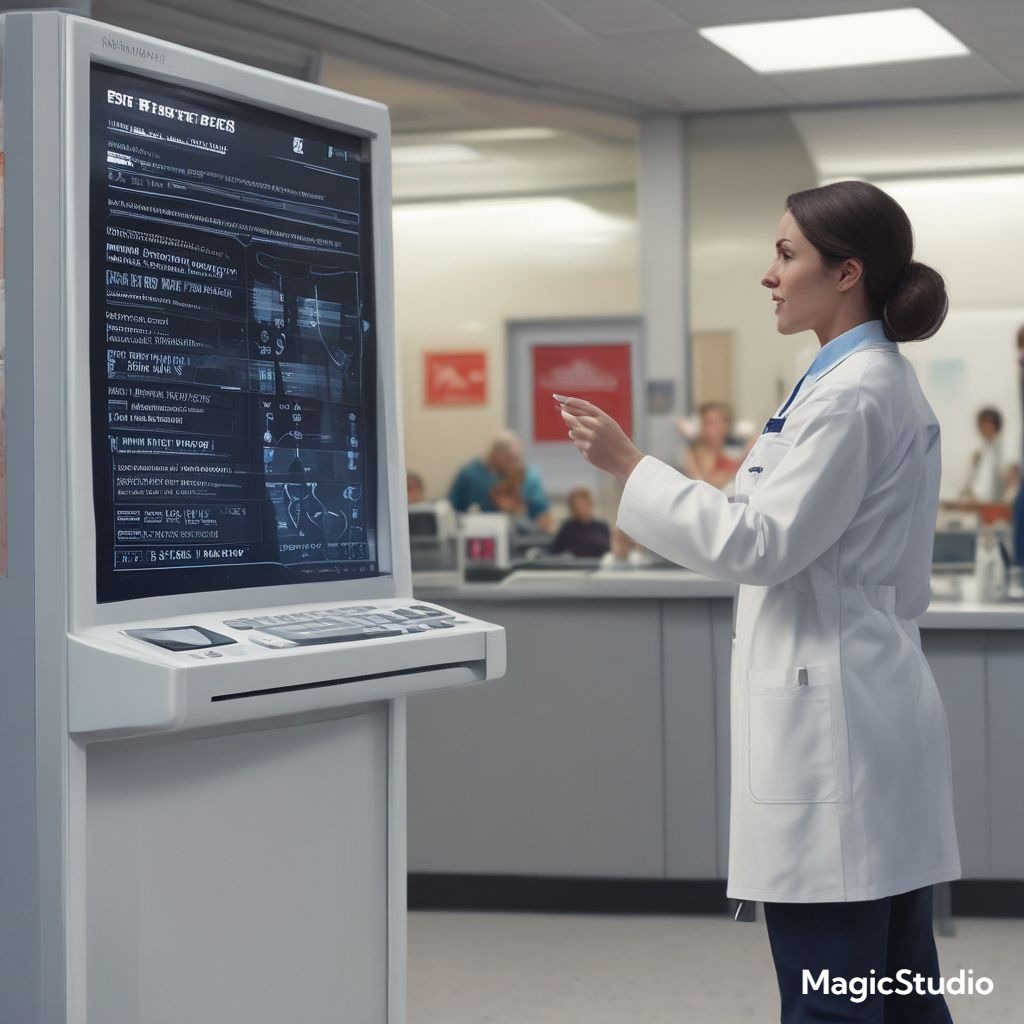
AI text to speech in hospitals is basically just computer software that turns written words into spoken ones throughout hospital settings. Doctors and nurses use it to talk to patients, keep better records, and cut down on paperwork. Getting it up and running means figuring out what hospitals actually need it for, picking good software, hooking it up to current systems, showing staff how to use it, and checking if it’s actually helping.
Understanding the Value of Text to Speech Technology in Hospital Environments
Hospitals are jumping on the text to speech in hospitals bandwagon to fix everyday communication headaches and make things run smoother. This tech uses smart computer programs to create friendly conversations with patients, which helps take the edge off the stress that comes with hospital visits. According to healthcare AI research, these voice systems aren’t just for chatting with patients – they help doctors record notes, give staff a hand with daily tasks, and play nice with other hospital computer systems to create a better all-around experience.
The cool thing about today’s hospital voice technology is that it doesn’t sound like those annoying robot voices anymore. Modern systems can adjust their responses based on the conversation, giving more personal support to patients. It feels like talking to a real person, which makes patients more comfortable while also making hospital operations less of a hassle.
One practical use of AI text to speech is explaining medical stuff to patients in a way they’ll actually understand. Doctors can turn complex information into simple audio explanations that patients can listen to as many times as they need until they get it.

With healthcare TTS implementation, hospitals are seeing real improvements:
- Patients who have trouble seeing, reading, or speak different languages can access information better
- Doctors and nurses can find what they need during appointments without wasting time
- Medical notes are clearer, more complete, and actually readable
- Less paperwork means staff can focus on the tough cases instead of filling out forms
- Patients get important health info right when they need it, not three days later
For hospitals with lots of patients who speak different languages, medical text to speech systems work great with mobile accessibility tools so patients can get information on whatever device they have handy.
Just like text to speech has transformed how businesses handle phone calls, text to speech in hospitals is changing how medical staff communicate with patients and each other, making everything more efficient and less stressful for everyone involved.
How AI Voice Technology Is Changing Hospital Communication
Modern text to speech in hospitals has come a long way from those basic automated systems everyone used to hate. Today’s voice tech can actually understand context and remember previous conversations, so it gives more helpful and personalized support to patients. Unlike those old rule-based systems that just followed a script, newer AI voice systems can adapt on the fly based on what patients say and need.
The tech basically creates natural-sounding conversations that make patients feel heard and understood while speeding up all those boring administrative tasks that bog down hospital operations. As Lumenalta’s research points out, this makes a huge difference in both patient satisfaction and how efficiently hospitals run day-to-day.
For doctors and nurses constantly on the move, speech to text uses similar technology in reverse, letting medical professionals dictate notes that are automatically transcribed – a huge time-saver in fast-paced hospital environments.
Key Benefits of Text to Speech Implementation in Healthcare Settings
Medical text to speech brings a bunch of practical advantages to hospitals:
- Better accessibility – Patients with vision problems, reading difficulties, or language barriers can get information in a format that works for them
- Faster workflows – Healthcare workers can quickly get the info they need during appointments without digging through pages of records
- Clearer documentation – Notes and reports are more complete and easier to read, as shown in clinical documentation research
- Less busywork – Medical staff can focus on complex cases instead of paperwork
- Instant information – Patients get crucial health details when they actually need them
These benefits aren’t just nice-to-haves – they directly impact patient outcomes and hospital performance metrics in measurable ways.
Step-by-Step Implementation Guide for Hospital Text to Speech Systems
Getting text to speech in hospitals up and running takes some planning, but it doesn’t have to be complicated. Here’s a straightforward approach that works for most healthcare settings:
Step 1: Define Clear Goals that Actually Matter
Before buying any fancy tech, hospitals need to figure out what problems they’re actually trying to solve:
- Pick specific use cases like cutting down on paperwork, making patient education better, or improving how accurately things get documented
- Connect these goals to things you can measure, like patient satisfaction scores, response times, or staff efficiency
- Focus on areas where voice tech will make the biggest difference for both patients and staff
Hospitals that start with clear goals can track progress more easily and see if their investment in hospital voice technology is actually paying off.
Step 2: Pick a Text to Speech Platform that Works for Healthcare
Not all voice tech is created equal, especially for healthcare. When choosing a text to speech in hospitals system:
- Make sure it can connect with existing Electronic Health Record (EHR) systems
- Choose AI that understands medical terminology and common patient questions
- Look for platforms that work across different devices (computers, tablets, phones)
- Verify that it meets HIPAA and other privacy requirements
Laerdal Medical, which makes medical training equipment, tested several AI text to speech in hospitals platforms before choosing Azure AI Text to Speech because it offered “the best combination of quality, cost, pre-made neural voices, ability to make custom voices, and an easy to use API,” according to Microsoft’s case study.
Step 3: Connect with Existing Hospital Systems
For healthcare TTS implementation to work well, it needs to play nice with systems already in place:
- Look at current communication workflows and identify where voice tech fits in
- Work with IT staff to make sure everything’s compatible with hospital networks and security
- Use APIs to connect voice functionality with EHR systems, nurse call systems, and other equipment
- Test everything thoroughly before rolling it out everywhere
Research from multiple hospitals implementing speech recognition showed that good integration significantly speeds up report turnaround time and makes patient data more accessible throughout the hospital network, according to studies published in the Journal of Digital Imaging.
Step 4: Train Staff and Create Clear Guidelines
New technology only works if people actually use it:
- Develop different training programs for different types of healthcare workers
- Create simple guidelines for when and how to use voice tech in clinical settings
- Identify champions in each department who can help their colleagues
- Set up ways for staff to give feedback so the system can get better over time
Step 5: Roll Out, Measure Results, and Make It Better
After launching text to speech in hospitals, the work isn’t done:
- Track how the system is being used, how accurate it is, and how it affects workflows
- Measure improvements in documentation time, patient satisfaction, and communication efficiency
- Get feedback from both staff and patients about their experiences
- Make ongoing improvements based on real-world results
Real-World Examples of Text to Speech in Hospitals
Laerdal Medical: Better Medical Training with AI Voices
Laerdal Medical, which makes CPR training equipment and other medical training tools, uses text to speech in hospitals to create realistic 3D virtual training simulations for healthcare students and professionals. Their system recreates realistic conversations between patients and healthcare providers to make learning more effective, according to Microsoft’s case study. This shows how hospital voice technology can improve medical education, not just direct patient care.
Thumos Care: Preventative Healthcare Through Smart Voice Systems
Thumos Care built a doctor-guided AI system that looks at diagnostic tests and explains health results to patients using Hume’s Empathic Voice Interface. Their HIPAA-compliant voice AI system with emotional intelligence helps patients understand their conditions and create health management plans. Patients report better understanding of their conditions, feel more comfortable asking questions, and get better emotional support according to Hume’s case study.
Creative Uses of Text to Speech in Hospital Settings
Multilingual Voice Solutions for Diverse Patient Populations
While many hospitals recognize language barriers as a challenge, implementing comprehensive multilingual AI text to speech in hospitals is still an untapped opportunity. Healthcare facilities serving diverse communities can use advanced TTS systems to:
- Provide critical medical information in patients’ native languages without human interpreters
- Make sure medical terms are translated consistently across different languages
- Deliver culturally appropriate health information with correct pronunciation
- Support more languages without hiring more staff
This approach goes beyond basic translation by creating a more inclusive healthcare environment for non-English speaking patients.
Custom Voices for Different Hospital Departments
Another interesting application involves customizing AI voices for specific hospital departments:
- Pediatric units can use friendly, reassuring voices designed specifically for kids
- Emergency departments might benefit from clear, authoritative voices that convey urgency
- Geriatric units can implement voices optimized for clarity and appropriate volume
- Mental health services could use voices calibrated for empathy and emotional intelligence
This approach considers how different patient groups respond to various voice characteristics, potentially improving patient comfort and cooperation with treatment plans.
Conclusion: The Future of AI Text to Speech in Hospitals
AI Text to speech in hospitals isn’t just some fancy tech that looks good on a brochure – it’s becoming a must-have tool for hospitals that want to keep up. As the voice tech keeps getting better, we’ll probably see even more creative ways to use it that make patients happier, cut down on paperwork, and help more people access good healthcare.
From helping patients actually understand what’s wrong with them to making it easier for busy doctors to record notes, AI text to speech in hospitals is changing how everyone talks to each other in healthcare. The hospitals that jump on this technology the right way – with clear goals, good connections to existing systems, and a willingness to keep improving – will be in a much better position to give efficient, patient-focused care in today’s complicated healthcare world.
When done right, AI text to speech in hospitals helps healthcare places pull off the tough balancing act of making patients happier while cutting down on all the administrative stuff that drives medical staff crazy – ultimately letting everyone focus on what actually matters: helping people get better.
For healthcare professionals looking to explore more specialized applications, we’ve got detailed guides on AI text-to-speech tools for healthcare, how these technologies can assist patients with dyslexia, and innovative TTS solutions for ALS patients that are transforming accessibility in medical settings.


